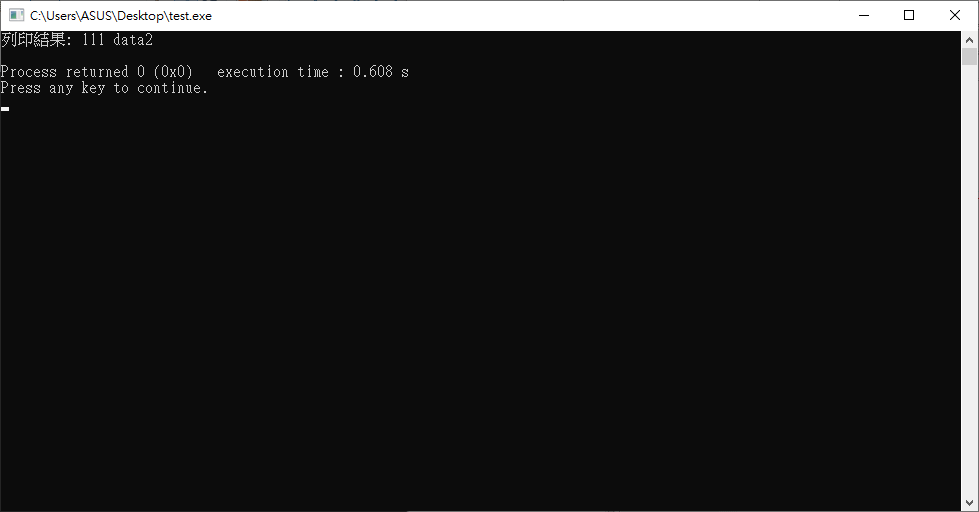上一篇我們介紹了與輸入輸出格式相關的語法,想必大家應該多少知道要怎麼使用了,如果有不了解可以多多測試呀!
接下來我們介紹常常使用的輸出用函式printf吧!
不曉得大家還記不記得我們的「Hello World!」好朋友呢?雖然前面多多少少都有用到這個「printf();」函式,來列印一些結果,但大家對它應該還是很陌生吧,接下來我們來複習一下列印「Hello World!」跟三角形(**造型的直角三角形)的程式碼吧!
#include <stdio.h>
int main(){
printf("Hello World!\n");
return 0;
}
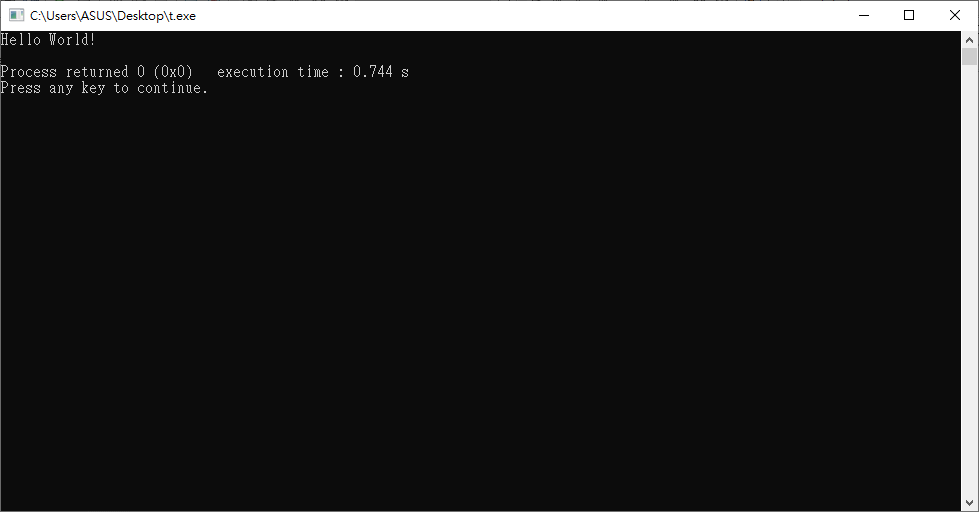
2. 直角三角形
#include <stdio.h>
int main(){
printf("*\n");
printf("**\n");
printf("***\n");
printf("****\n");
printf("*****\n");
return 0;
}
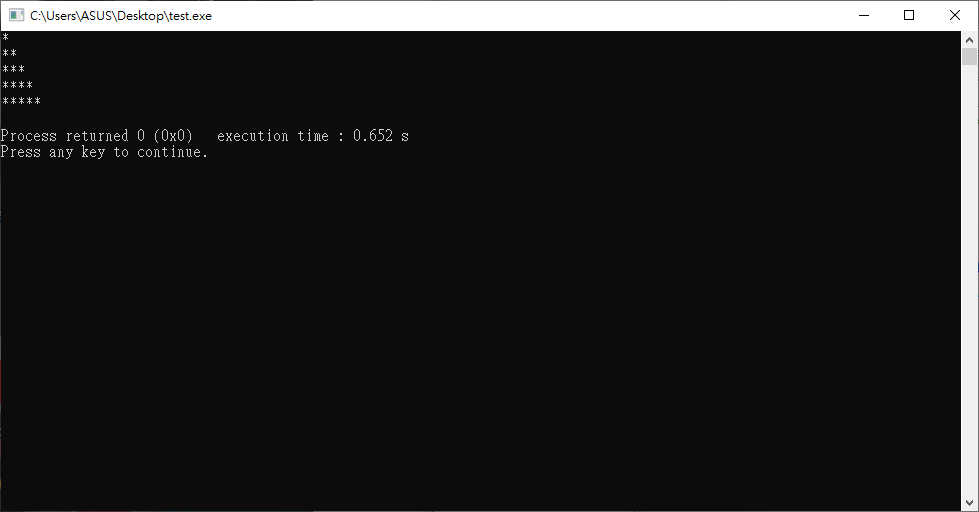
還記得我們前面第三篇說過,透過修改函式裡「" "」內的東西就可以自由列印不同字串了,我們也用這個方式來列印三角形,因為在c語言中「字串」(一段文字,由很多的字元組成)必須使用「" "」包裹起來,程式才會知道這裡不是特殊語法只是單純的「字串」,也才能用printf函式來成功列印出來。
(備註:在c語言中「" "」、「' '」的使用是有差別的,被「" "」包裹的是字串,而被「' '」包裹的是字元。)
所以當我們要使用printf列印任何東西時,必須是以下的格式:
printf("我是任意的字串!");
然後整理一下上面的重點稍微圖解: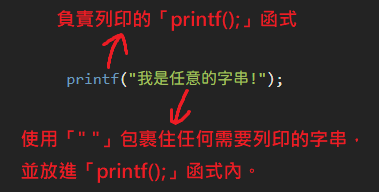
前面我們簡單的介紹使用printf單純列印字串時怎麼使用了,接下來我們來結合進第六篇的變數、第七篇的格式吧!
一般來說列印會有兩種情況
只列印純字串時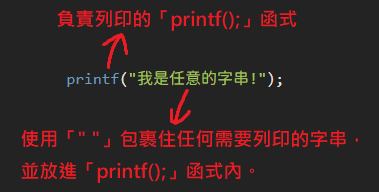
列印時需要使用到變數、資料
(1) 只需要單一變數
#include <stdio.h>
int main(){
int data = 555;
printf("%d\n", data);
printf("your data: %d\n", data);
printf("your data is %d.\n", data);
printf("%d is your data.\n", data);
return 0;
}
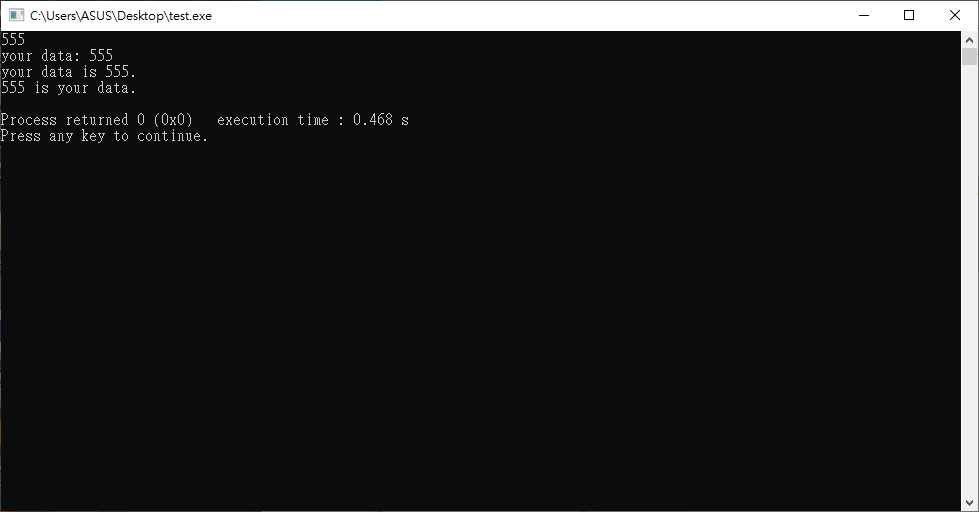
(2) 需要多個變數
#include <stdio.h>
int main(){
int data1 = 111;
float data2 = 222;
char data3 = '3';
printf("%d %f %c\n", data1, data2, data3);
printf("your data: \"%d\".\"%f\".\"%c\"\n", data1, data2, data3);
printf("your data are %d, %f and %c.\n", data1, data2, data3);
printf("%d, %f and %c is your data.\n", data1, data2, data3);
return 0;
}
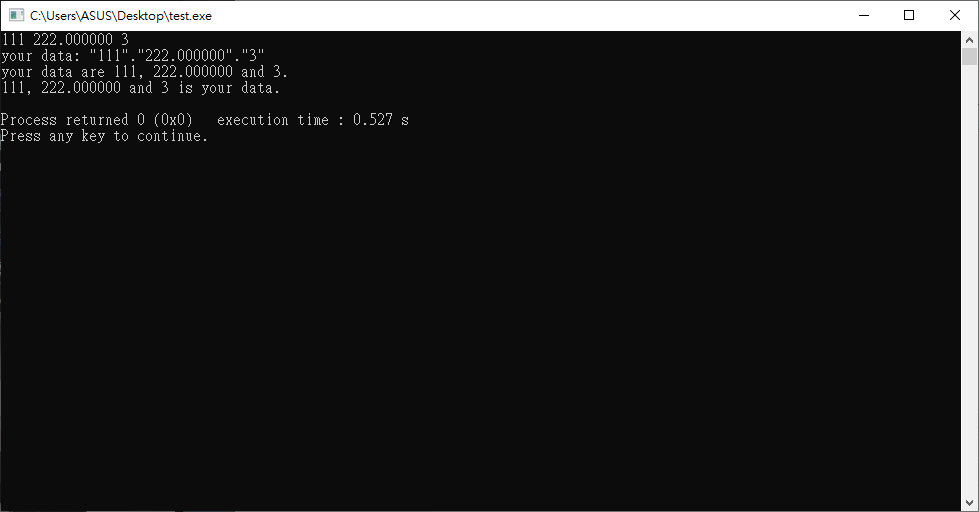
(3) 直接輸出資料
#include <stdio.h>
int main(){
printf("%d %f %c %s\n", 11, 2.2, '3',"44");
printf("your data: \"%d\".\"%f\".\"%c\".\"%s\"\n", 11, 2.2, '3',"44");
printf("your data are %d, %f, %c and %s.\n", 11, 2.2, '3',"44");
printf("%d, %f, %c and %s is your data.\n", 11, 2.2, '3',"44");
return 0;
}
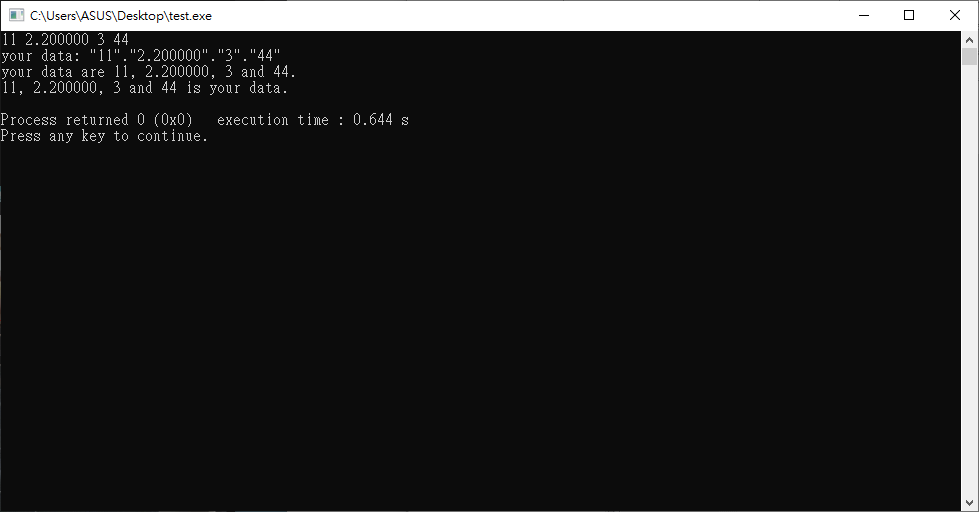
printf("列印結果: %d\n", data);
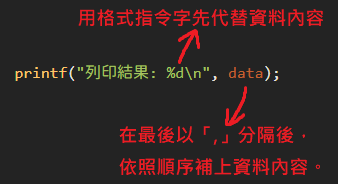
#include <stdio.h>
int main(){
int data1 = 111;
printf("列印結果: %d %s\n", data1, "data2");
return 0;
}

